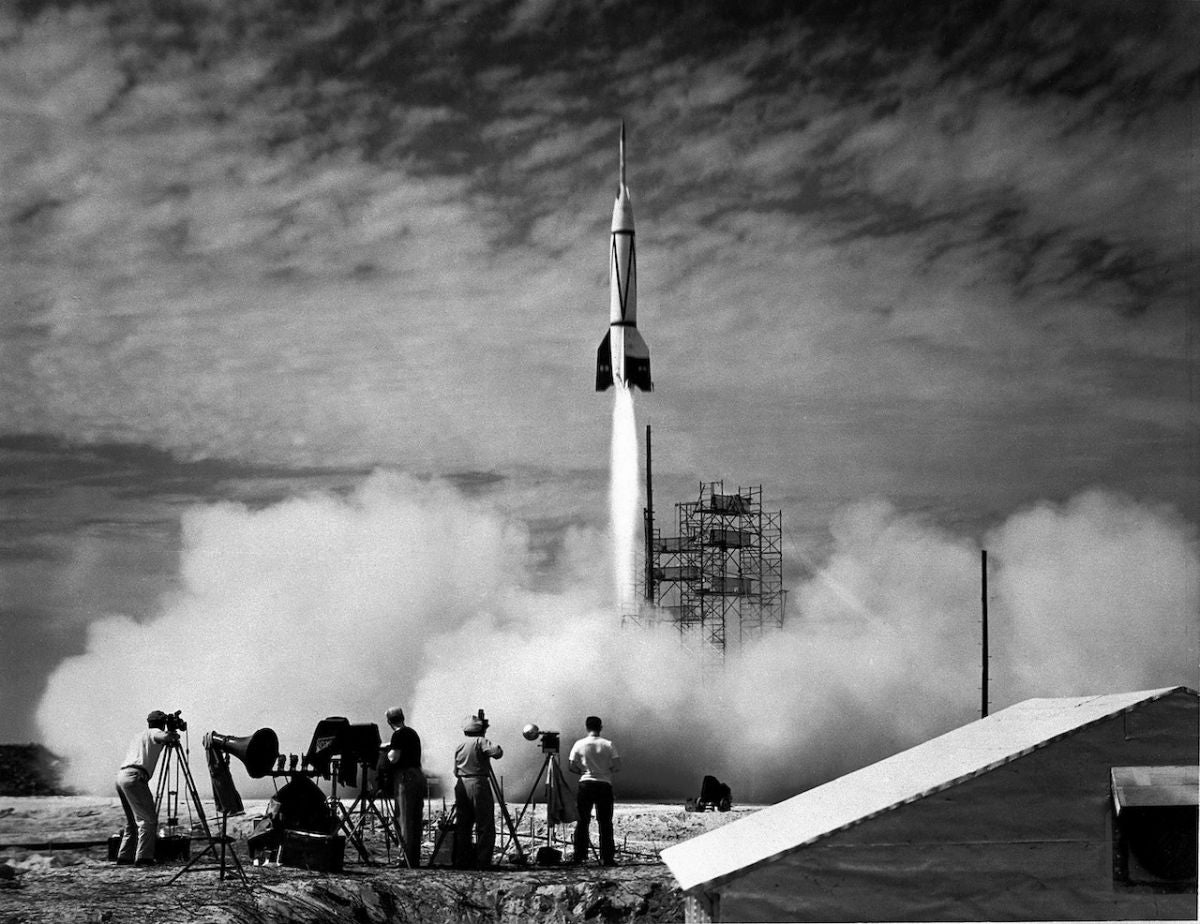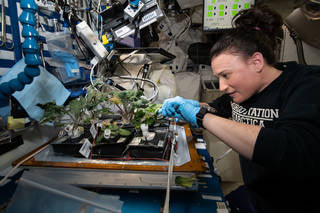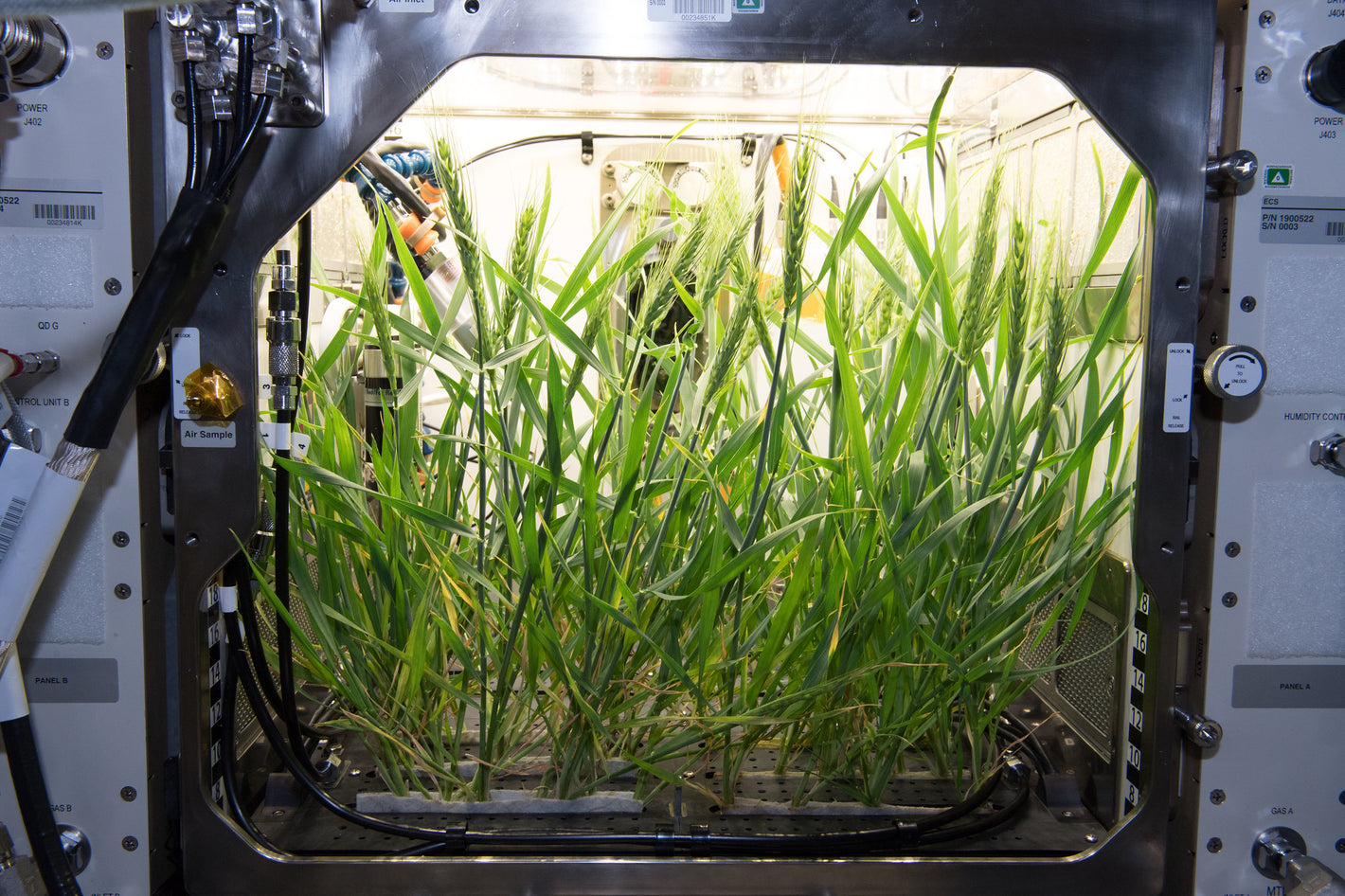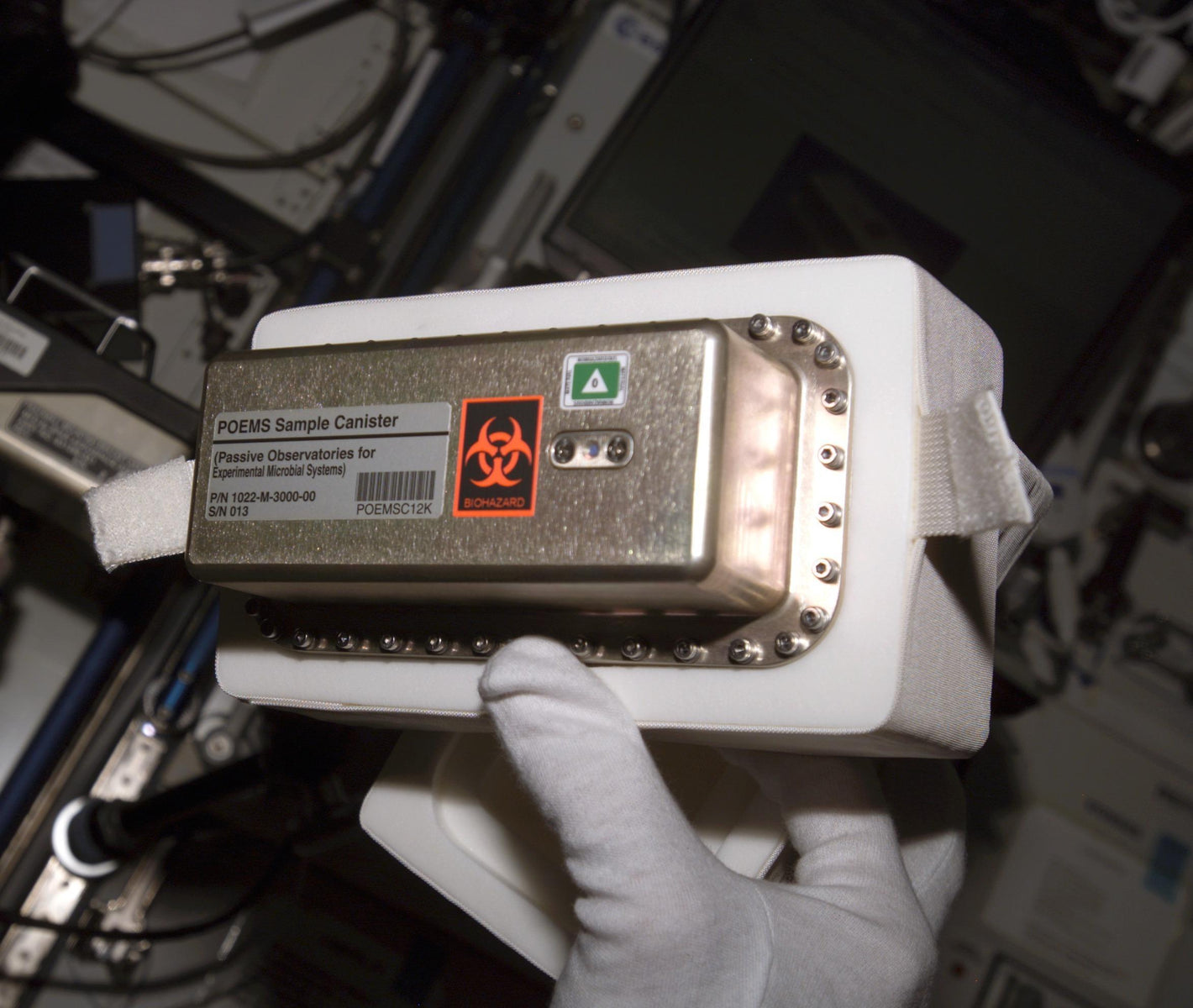Learning Center

History of seeds in space
In 1946 maize seeds, used to grow seeds, were flown on a v2 rocket to test the affect of space on organic material. A test to see the affect of radiation on seeds was the first of many science experiments to test our food in space.
Radiation and the Van Allen Belt
Lucky for us, Earth is protected by a large magnetic field called the magnetosphere. The magnetosphere creates a figure 8 shield that keeps our planet and atmosphere for eroding, radiation from the sun, and cosmic rays from deep space. When we leave our planet, we leave that protection that makes our home so safe. Luckily for our space future plans, seeds have defensive traits that make them more resilient to radiation and other harsh space weather.
Different gardens in space
-

Veggie Production System
The garden known as veggie is able to grow around 6 plants at one time in a clay based medium. This system has not only been used to grow plants but flowers as well. The famous photo of flowers floating in space taken by astronaut Scott Kelly (seen below) as a product of the Veggie system.
-

Advanced Plant Habitat
The APH is one of the most sophisticated space gardens on the ISS. One of the main upgrades from the Veggie Production System is automated water, nutrient, and oxygen systems that take far less effort and time to keep in working order, letting the astronauts focus on other science projects.
-

Biological Research in Canisters
While not a full garden, the BRIC is currently preparing tests for BRIC-LED, a program that will look at the affects of light-emitting diodes and the heat they produce. One of the more interesting parts of the BRIC-LED tests is the attempts to cause the plants to think they are being threatened by bacteria and how they will defend themselves in low gravity.





